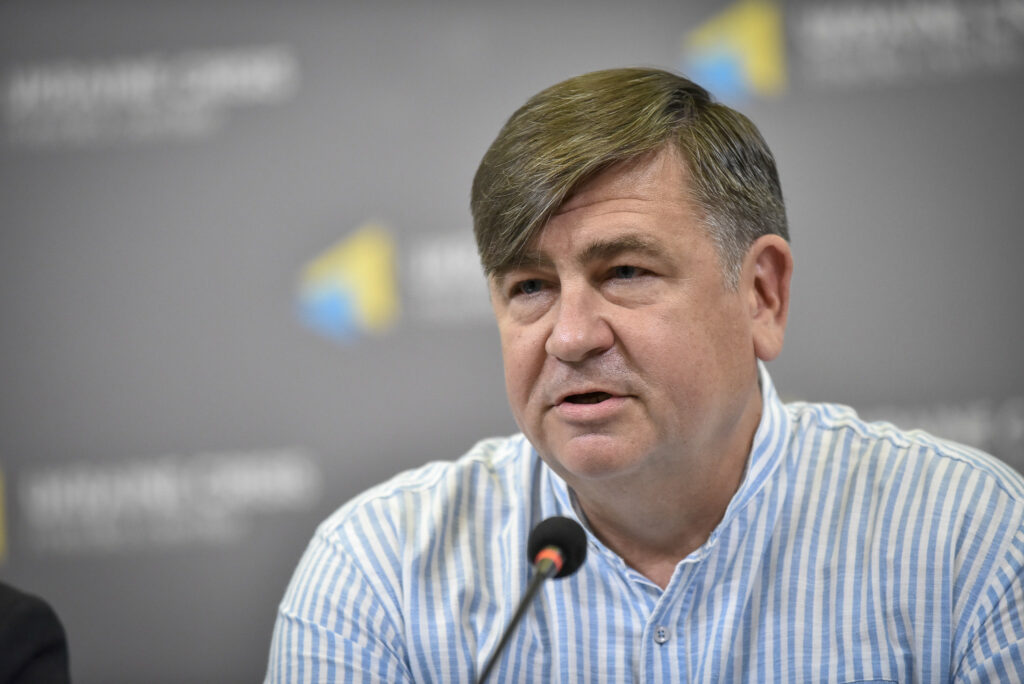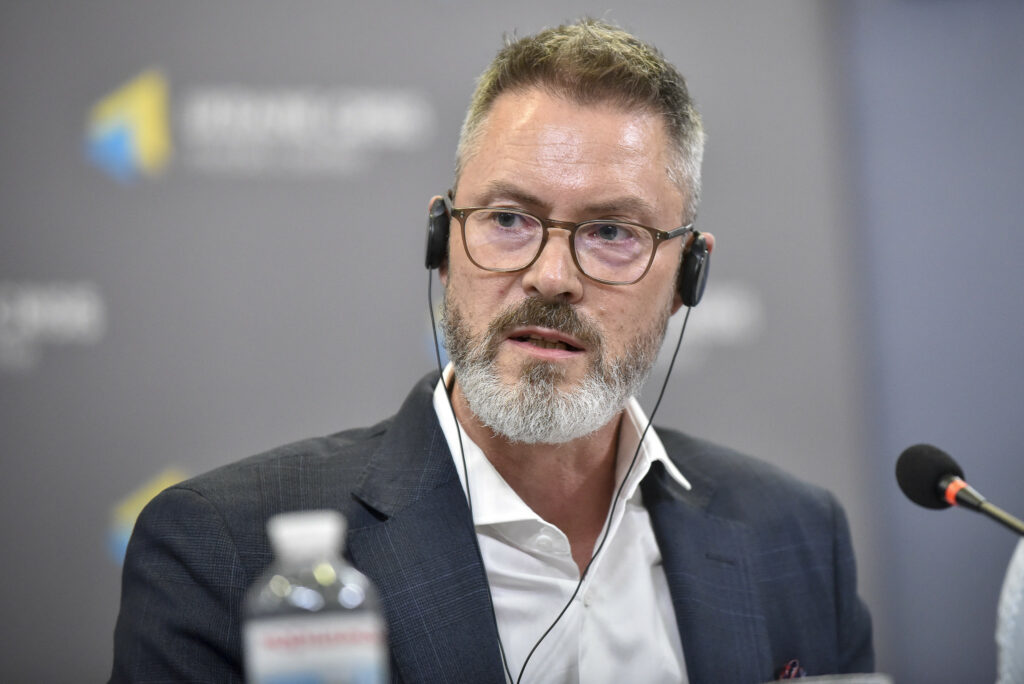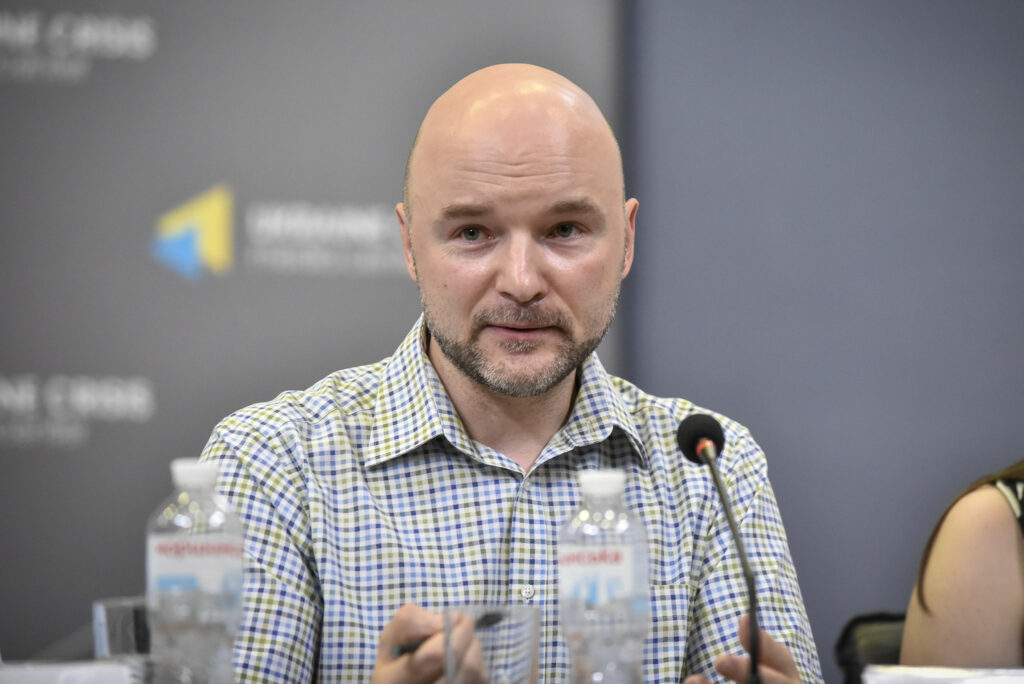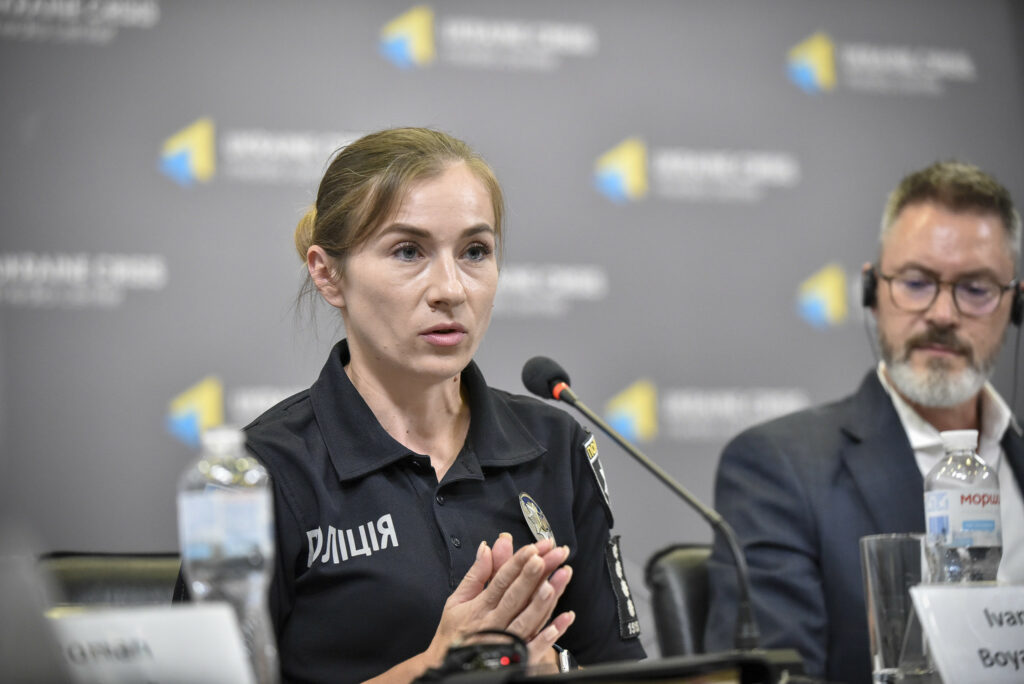The Resilient Ukraine NGO in partnership with the School of Mediapatriots NGO initiated a roundtable “Security Culture in Conditions of War: How to Ensure Resilience of Society and Institutions?” at Ukraine Crisis Media Center.
The organizers noted that the main purpose of the meeting was to help Ukrainians figure out how to live in times of continuing uncertainty. Today, there are no signs that the war may end quickly. So we need to prepare people, prepare communities for such a long period of uncertainty, on the one hand. On the other hand, Ukraine is already actively developing its resilience infrastructure. For several years, there has been a concept of ensuring national resilience developed by the National Security and Defense Council and signed by the President of Ukraine. Last year, the government approved an action plan for its introduction, and this year a draft law on national stability is being developed.
“First of all, there are two main things we have to consider. These are defense and public crisis,” said Mati Raidma, Member of the Estonian Parliament, Expert on Civil Protection and Emergency Management, Member of UNDAC, Head of the Estonian delegation to the OSCE Parliamentary Assembly. ”First, public crisis management and then we move to higher categories. During the war, the main task is to protect your independence, inviolability of territories and yourself.”
Ukraine is currently experiencing a combination of two crises – in the military and public spheres.
“If we talk about the military, it has a clearer structure, goals, objectives and mechanisms. Their philosophy is vertical,” the expert continued. “And if we talk about the public sector, everything is different there, because there are many players, many different ministries, organizations, goals. In these conditions, the main thing is resilience. How to make the state resilient during the war, how to provide the most necessary services – pensions, social benefits? Then there is infrastructure resilience – energy, water supply. And the resilience of the population itself. So you can imagine how many players appear in this area. Given all this, the main idea of resilience is how to organize this vertical.”
The experience of the North Atlantic Alliance can help Ukraine strengthen its national resilience in war conditions. In 2023, the communique of the NATO Summit in Vilnius stated that national collective resilience is an important basis for reliable deterrence and defense and the effective implementation of the main tasks of the Alliance. It is also vital for efforts to protect societies, populations, and shared values. It was also emphasized that resilience is a national responsibility and a collective obligation based on Article III of the Washington Treaty.
“Resilience is a social agreement between all parts of the country,” said Peter Hauge Berg, Deputy Head of the NATO Representation in Ukraine.
However, he emphasized that this is a national issue.
“We are ready to share our experience, collect this experience and analyze it, but it is still a national issue. And I’d like to pay more attention to civic resilience. Security is something everyone must work on, whether they are members of the public or the military. We have great examples of Finland that has been neutral for years, for historical and geographical reasons, and we have a lot of inspiration from their case.”
Another example of how the public can be involved in addressing security issues was given by Leslie L. Wilson, Vulnerable Population Specialist, Resilient Village Ukraine project.
“On September 9, 2001, we realized how important each of us is to the security of our country, and how to respond if something like this happens here. Fast forward to the present, I’ve been following the news since the full-scale war started, and especially what’s happening in the villages. These are the areas where I can see extraordinary cohesion. The cohesion, which they didn’t seem to have before. That is, the public makes decisions. I think it was the Kharkiv region, where people decided to put up roadblocks so that the Russians couldn’t enter. Then they started burying people and these are the lessons we have to study,” she said.
For several years now, the Resilient Ukraine NGO has been conducting events aimed at institutionalizing the concept of resilience in Ukraine. Among such events are educational ones. Dmytro Teperik, Leading expert on civic resilience, Director-General of the organization, spoke about it.
“For me, the culture of protection is an integral component of the strategy. I mean that we bring together a whole range of different skills, practical experience and attitudes. I’d like to highlight one tool that I think is extremely important for resilience or for the concept of resilience and security culture. It is a capability that allows us to assess known and foreseeable risks, broaden our thinking horizon and see possible threats. This tool is based on multi-level scenarios that can happen through certain tools. For example, crisis exercises to involve different communities at different levels – at the national, regional and local levels,” explained Dmytro Teperik.
Our Resilient Ukraine team had a series of cross-sectoral crisis exercises based on scenarios in different regions of Ukraine. These activities were interdisciplinary. Not only typical parties – law enforcement agencies, the State Emergency Service, the military were involved, but also local media, opinion leaders, representatives of civil society, educators.
“It wasn’t easy to invite them to a two-day event that dealt with possible future threats,” admitted the head of the Resilient Ukraine NGO. “They spent the first day arguing about algorithms, but later a certain working atmosphere was created and thus the participants became more creative in solving issues, focusing not only on existing protocols and algorithms, but also on finding solutions to the problems outlined in the scenario. This allowed them to expand their own vision of possible threats.”







